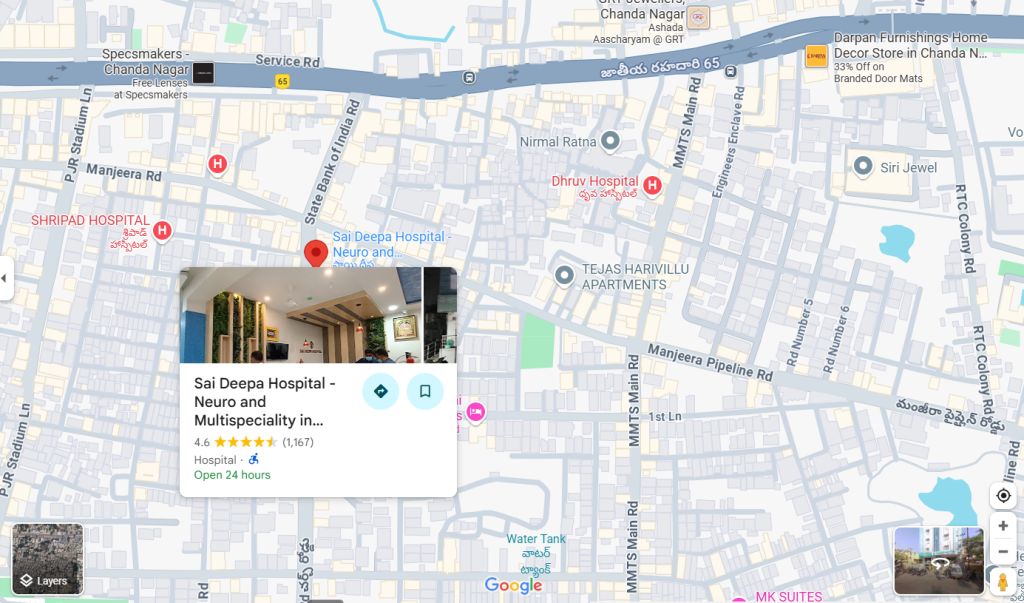Best Corn Removal Treatment in Hyderabad
- Home
- Best Corn Removal Treatment in Hyderabad
Best Corn Removal Treatment in Hyderabad
Foot health plays an important role in our daily lives. Even minor issues can cause discomfort, affect mobility, and reduce quality of life. Among these problems, corns are one of the most common yet often misunderstood conditions. While many people try to manage corns with home remedies, there are times when Corn excisions, a medical procedure to remove stubborn or painful corns, become necessary.
Book Free Appointment
1L+
Happy Customers
25+
Qualified Doctors
50
Rooms
5000+
Successful Surgeries
Free
Consultation
24/7 Ambulance
Facility
Insurance
Claim Support
What is a Corn Excision?
A corn excision is a minor surgical procedure performed to remove a corn from the foot. Corns are thickened areas of skin that form as a result of excessive friction or pressure, usually over bony prominences. The excision procedure involves carefully cutting out the hardened skin and underlying core to provide lasting relief.
While some corns can be managed with conservative treatments like padding, footwear modifications, or keratolytic creams, excision is often recommended for persistent, painful, or recurrent corns. Unlike temporary home remedies, corn excisions target the root of the problem, preventing regrowth and improving comfort.

Dr. Sasidhara Roa A
MBBS, MS
5000+ Successful Surgeries
11+ Years of experience
Dr. Sasidhara Rao A. is an experienced General and Laparoscopic Surgeon at Sree Sai Deepa Hospitals, Chandanagar, with over 11 years of expertise and 5000+ successful surgeries. He specializes in laparoscopic, laser, and microscopic surgeries, treating conditions like piles, fissures, varicose veins, and gallbladder issues.
Doctor’s Fellowships:
Fellowship - International Society of Coloproctology
Fellowship in Intimate Health
Fellowship in Diagnostic Endoscopy
How Many Types of Corns Affect the Foot?
Corns are not all the same. They are generally classified into three main types:
Hard Corns (Heloma Durum):
These appear as dense, thickened patches of skin, usually on the tops or sides of toes. They form where the skin experiences continuous friction against tight shoes.Soft Corns (Heloma Molle):
Softer in texture due to retained moisture, these usually develop between toes, particularly between the fourth and fifth toes. They can become painful and prone to infection.Seed Corns:
These are tiny, discrete corns that form on the sole of the foot. Though small, they can be quite uncomfortable, especially when walking barefoot.
Understanding the type of corn is important because treatment—including corn excisions—differs based on location and severity.
What Causes Corns That Lead to Excision?
Corns develop due to repeated friction or pressure on the skin. The body responds by thickening the skin to protect the underlying tissues. Over time, this thickened area becomes painful, making walking difficult.
Some common causes include:
Wearing tight, ill-fitting shoes
High-heeled footwear that places extra pressure on toes
Abnormal foot mechanics such as bunions or hammertoes
Walking barefoot on hard surfaces
Athletic activities that stress the feet
Occupations requiring long hours of standing
When corns become chronic and resistant to conservative treatments, corn excisions provide long-term relief.
Is Corn Excision Normal?
Yes. Corn excisions are a safe and commonly performed outpatient procedure. For patients struggling with pain, infection, or recurrent corns, excision is often the most effective option. It is considered a routine minor surgery, usually done under local anesthesia, and patients can return home the same day.
Get your surgery cost
What Are the Symptoms of Corns That Require Excision?
Not all corns need surgical removal. However, you may need to consider corn excisions if you experience:
Persistent pain while walking or standing
A raised, hardened bump on toes or soles
Redness or swelling around the affected area
Tenderness when pressure is applied
Discomfort even with wide, cushioned shoes
Development of cracks, infection, or fluid discharge
If corns interfere with your daily activities or show signs of infection, consult a specialist immediately.
How Do Corns Grow?
Corns grow gradually. Initially, they appear as a small patch of hardened skin. With repeated friction, layers of keratin build up, forming a dense, cone-shaped core that penetrates deeper into the skin. This core presses against sensitive nerves and tissues, leading to pain.
In the absence of treatment, corns can continue to grow, causing significant discomfort. Corn excisions stop this progression by completely removing the hardened tissue and core.
Accreditations
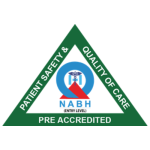
Saideepaneurocare Hospitals is NABH certified, a mark of excellence in patient safety and care. We follow stringent healthcare protocols and maintain world-class hygiene standards.

We are ISO 9001 certified, ensuring the highest standards in quality management and patient care. This certification reflects our commitment to efficient processes and continuous improvement in healthcare services.
When Is Corn Excision Considered Serious?
Corn excision becomes necessary when:
Corns recur despite conservative treatment
Pain makes walking or daily activities difficult
Corns become infected, red, or produce pus
Corns develop in people with diabetes or poor circulation (increasing risk of complications)
Corns are associated with underlying structural deformities of the foot
Ignoring such conditions can lead to deeper infections, ulcers, or chronic foot problems.
How Is a Corn Diagnosed?
Diagnosis is usually straightforward. A foot specialist or podiatrist examines the affected area, assesses the thickness, and determines whether it is a corn, callus, wart, or another condition. In rare cases, imaging may be used to rule out bone abnormalities.
Accurate diagnosis is key because corn excisions are only effective if the problem is truly a corn and not another skin condition.
Treatments for Corns
Non-Surgical Treatments
Before recommending excision, doctors may try conservative treatments, including:
Footwear modifications
Orthotic devices to redistribute pressure
Moisturizing creams to soften thickened skin
Salicylic acid patches for corn removal
Padding or protective cushions
These measures help in mild cases but may not work for deep or recurrent corns.
Surgical Treatments
When conservative measures fail, corn excisions are recommended. This ensures complete removal of the corn and prevents regrowth.
Sai Deepa Hospital - Neuro and Multispeciality
Plot no 387, Church road, Huda colony, Chanda Nagar, Hyderabad – 500050
Surgical Options for Corn Excisions
Corn excisions vary depending on the severity and location of the corn. Common surgical approaches include:
Simple Excision:
The hardened skin and underlying core are carefully cut out using sterile instruments.Shaving & Debridement:
Layers of thickened skin are gradually removed until healthy tissue is reached.Laser Excision:
Advanced hospitals may use laser technology to precisely remove corns with minimal pain and faster healing.Excision with Corrective Surgery:
If an underlying deformity (such as hammertoes) causes recurring corns, corrective surgery may be performed alongside excision.
What Happens if a Corn Is Left Untreated?
Leaving corns untreated can lead to:
Increased pain and discomfort
Secondary infections
Ulcer formation in high-risk patients (e.g., diabetes)
Difficulty in walking and mobility issues
Permanent changes in foot structure
Timely corn excisions prevent these complications and restore normal function.
Which is the Best Hospital for Corn Excision in Hyderabad
At our hospital, corn excisions are performed by highly experienced surgeons using advanced techniques. We focus on patient comfort, minimal downtime, and long-lasting results. Our podiatry and surgical team ensures that the underlying cause of corns is addressed to prevent recurrence.
State-of-the-art facilities
Personalized treatment plans
Safe, sterile environment
Quick recovery with professional aftercare
If you or a loved one suffers from painful corns, don’t delay. Book a consultation today and take the first step toward pain-free walking.
Where to get the best Corn Removal Surgery in Chandanagar, Hyderabad?
📍 Sai Deepa Hospitals, Chanda Nagar, Hyderabad
📞 Call or WhatsApp: +91-7093762716
🌐 www.saideepaneurocare.com
Best Corn Excision Doctor in Chandanagar | Best Corn Excision Doctor in Miyapur | Best Corn Excision Doctor in Kukatpally | Best Corn Excision Doctor in Hyderabad
Patient Reviews
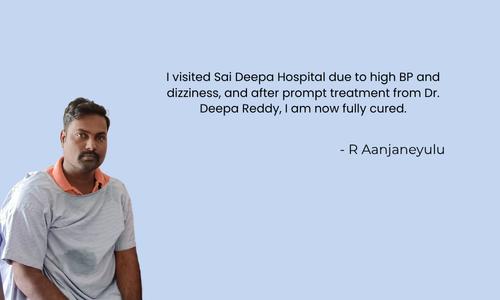
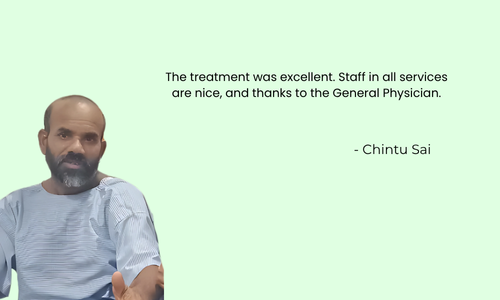
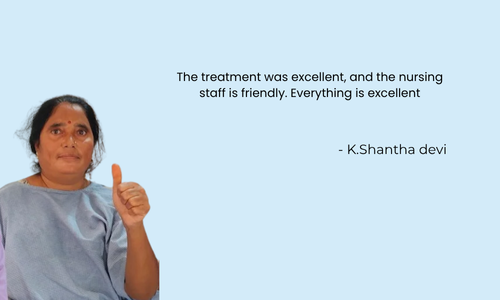
FAQ's on Corn Excision
1. How painful is corn removal?
Corn excision is performed under local anesthesia, making it virtually painless. Mild soreness may occur after the procedure but usually resolves within a few days.
2. What is corn removal called?
The medical term is corn excision or surgical debridement of corns.
3. Can I walk after corn removal?
Yes. Most patients can walk immediately after the procedure. Doctors may advise wearing soft or open footwear for a few days.
4. What happens if corn is not removed?
Untreated corns can grow larger, become infected, and cause persistent pain, especially while walking.
5. Do you need stitches after corn removal?
In most cases, stitches are not required. The wound heals naturally. However, in deeper excisions, minimal suturing may be done.
6. Why is there a hole after corn removal?
The hole represents the space where the hard corn core was removed. It gradually fills in with healthy skin during the healing process.


